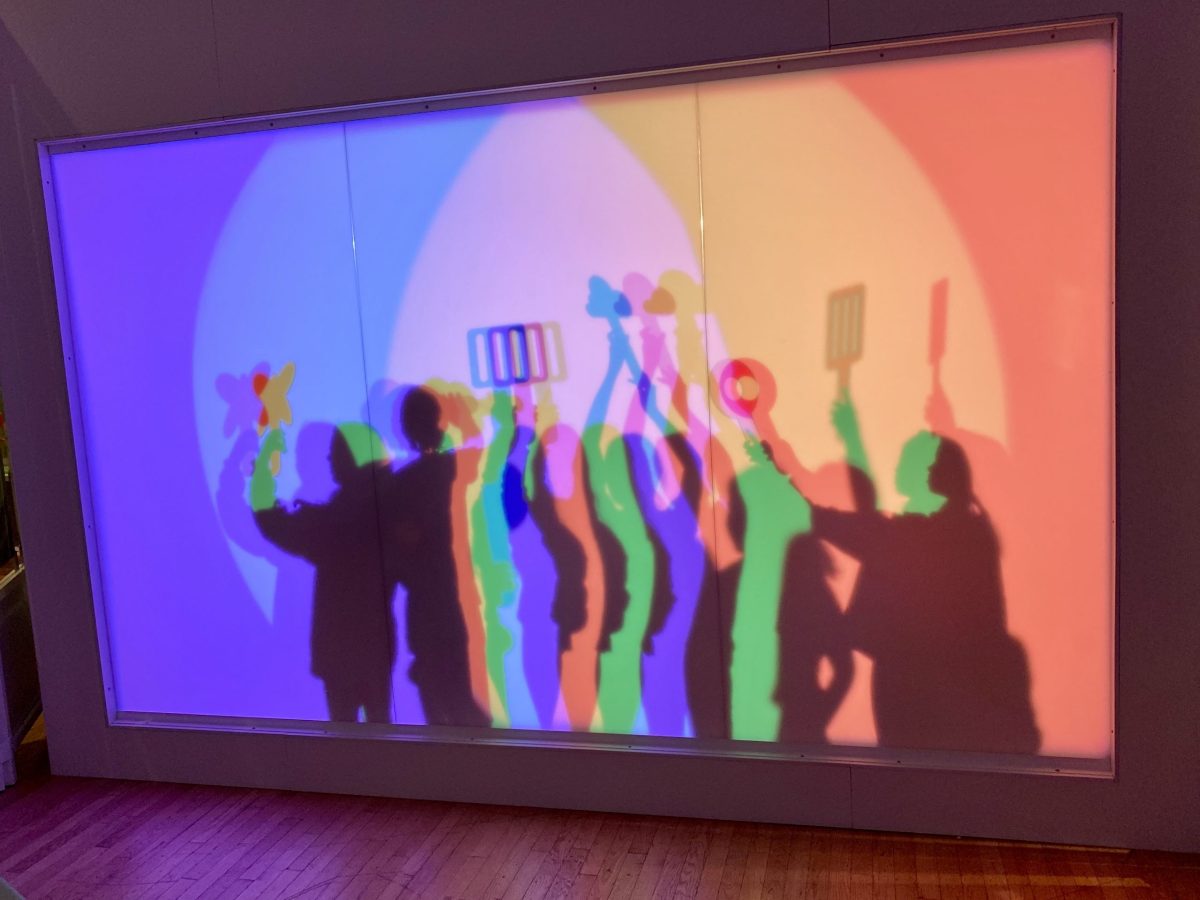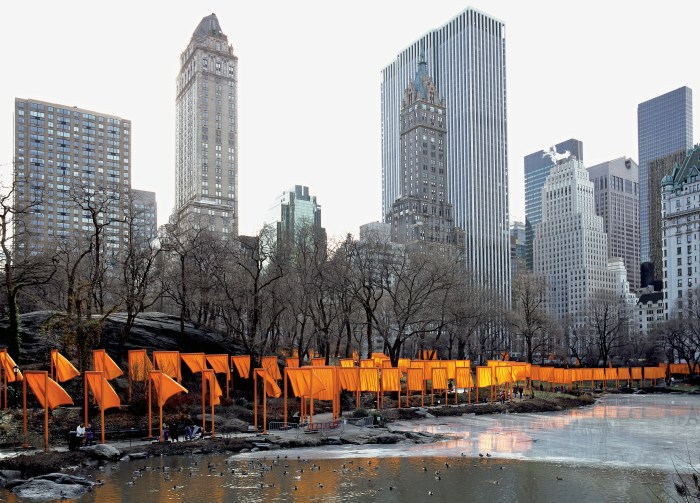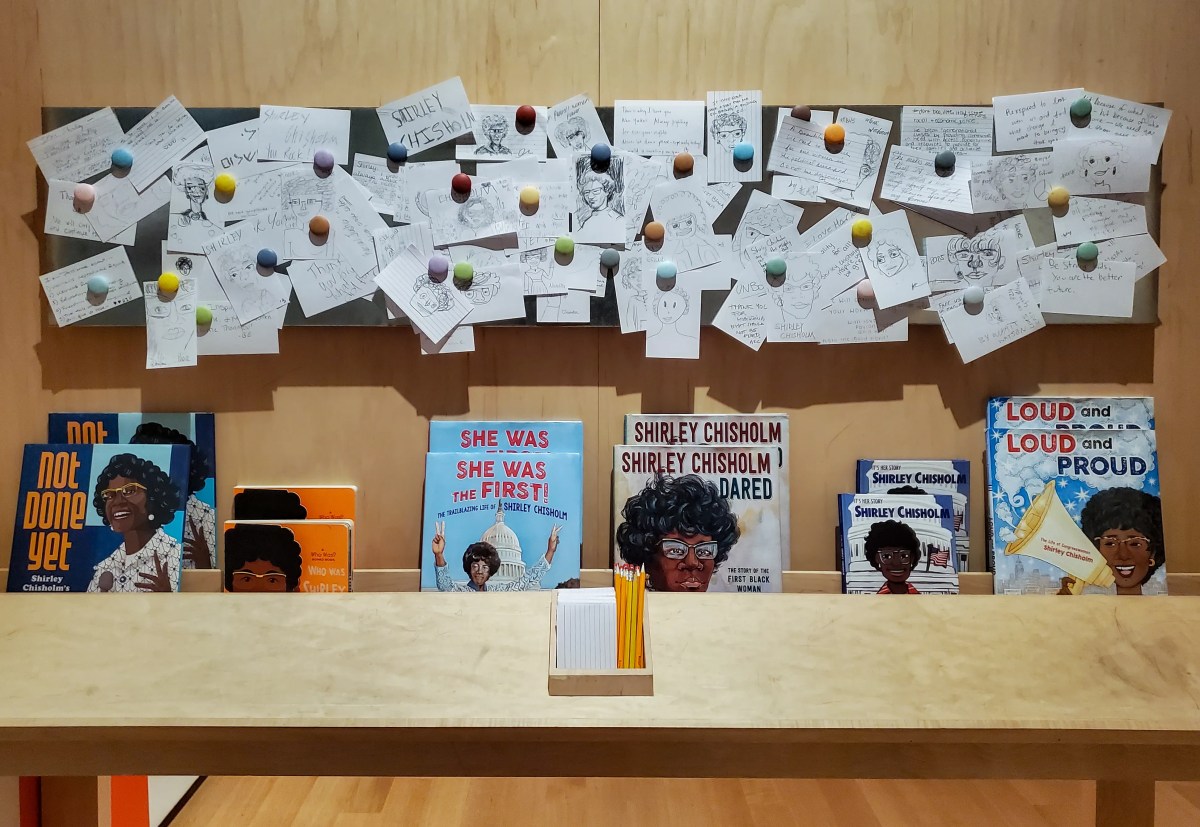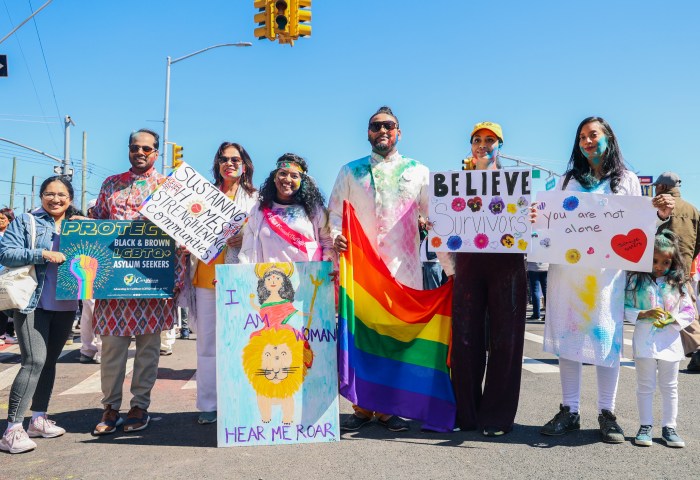A new interactive exhibition opening this at the American Museum of Natural History explores the roles that colors play in our lives and the world, including different meanings of colors across human cultures and how animals use color in various ways.
“The Nature of Color” opens March 9 and is for all ages, with interactive displays that let visitors better understand the science behind colors, along with histories of color uses for humans.
One of the displays focuses on cultural meanings and uses of the color red, including football uniforms, fashion and religious clothing, altars to the red-faced deity Guan Gong that is in some Chinese homes and businesses, and a red dress designed for this exhibition by designer Brandon Maxwell.
The meaning of the color pink has changed over time, the exhibition noted, not always having a traditional meaning of femininity. For example, pink was a common color for English boys’ clothing in the late 1700s.
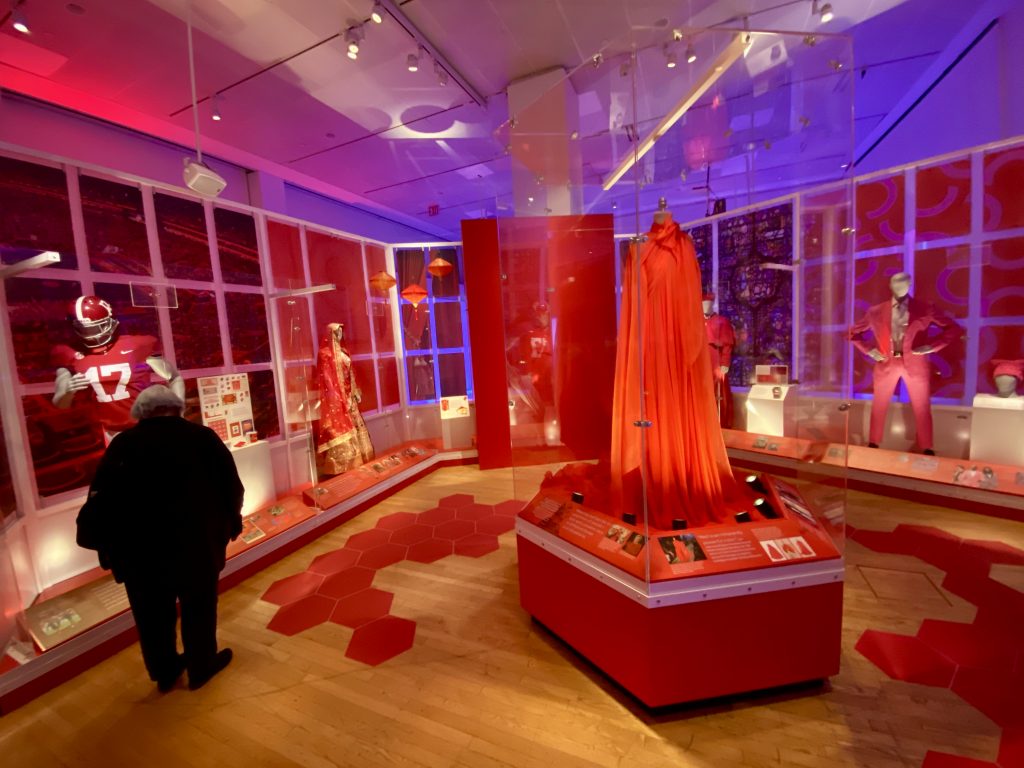
Curator Rob DeSalle said that while working on the exhibition, “one thing that blew me away was how used the color red is,” adding that it had so many meanings across cultures.
The exhibition also features an installation by Brazilian photographer Angélica Dass, which is called “Humanæ” and consists of portraits of people with the aim to celebrate diversity of human skin tones and challenge socially constructed notions about race.
Dass said before the show’s opening that she observed in all parts of the world that darkness was generally associated with bad adjectives and lightness with good, and she wants to explore how to change this narrative. She said she hoped visitors, including children, would see her work and that perceptions could begin to change.
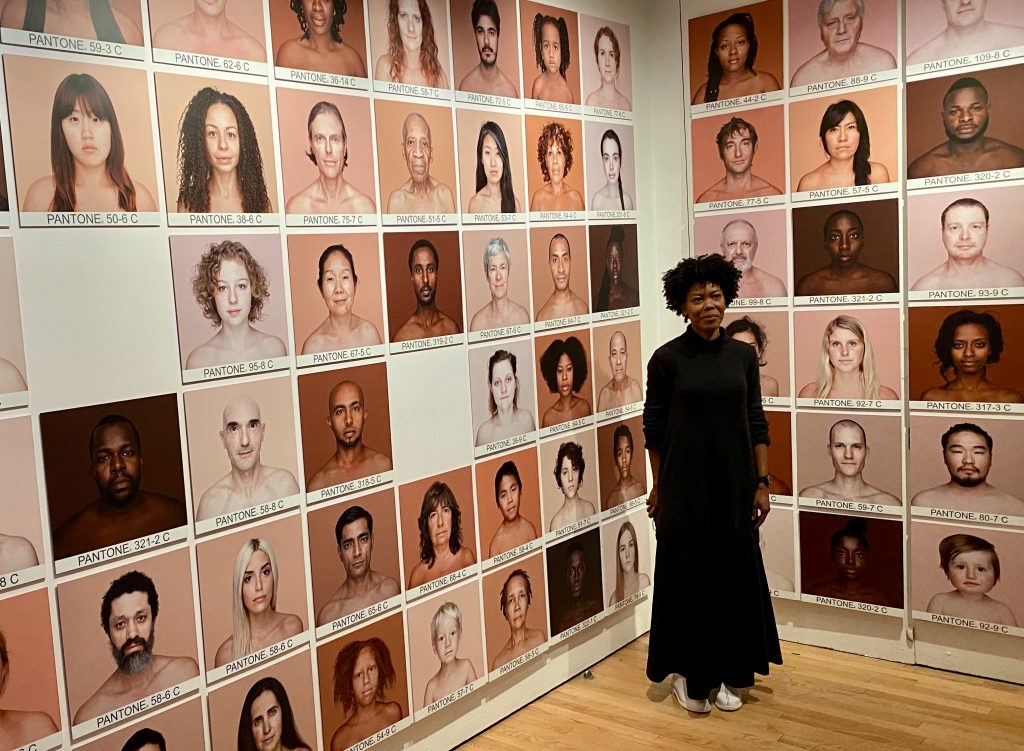
“One of the most amazing things I’ve learned through this work is that I’m not alone,” Dass said. “People come to share their stories.” Dass added, “They felt we are constructing something together.”
Interactive parts of the exhibition include a wall that makes different colors based on shadows of people standing in front of it; a screen with objects that walks the visitor through the process of dyeing fabric with indigo, a process which goes back thousands of years; adjustable mirrors that let visitors play with light and reflections to see how different colors are created; and a display showing how a prism separates white light into different colors.
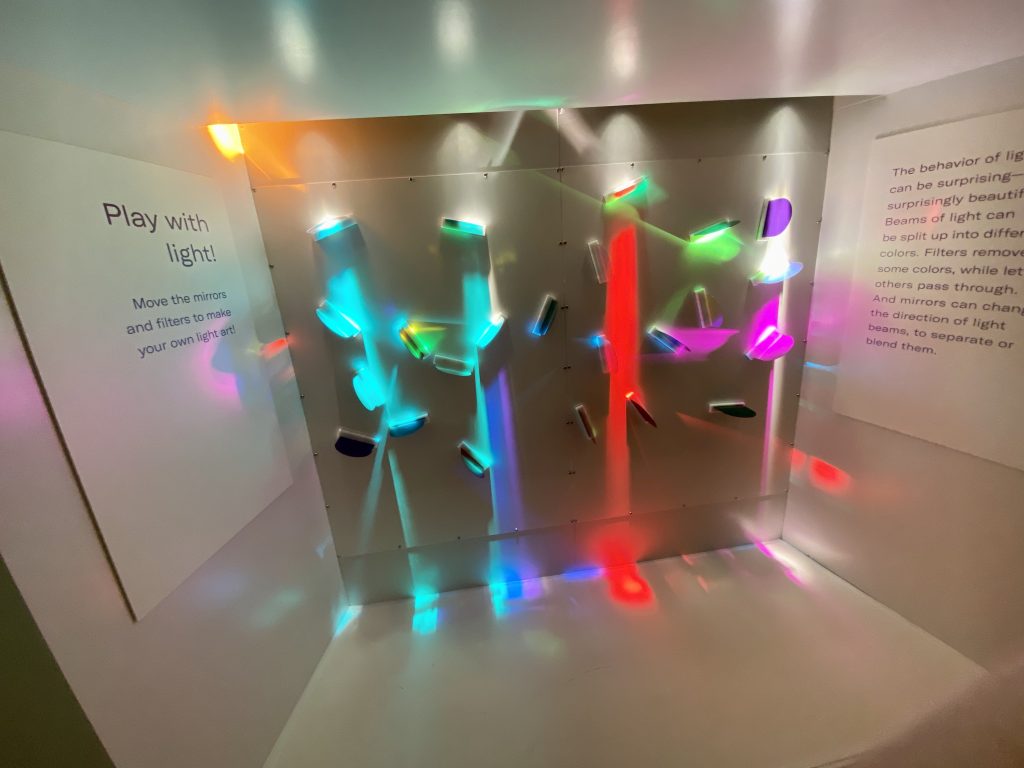
Another room explores the animal world, including uses of camouflage, and the evolution of colorful flowers to attract insects for pollination. There are two cases with actual animals, one with colorful poison dart frogs and another with leaf-tailed geckos, which look like they would be nearly impossible to spot if perched on a tree trunk.
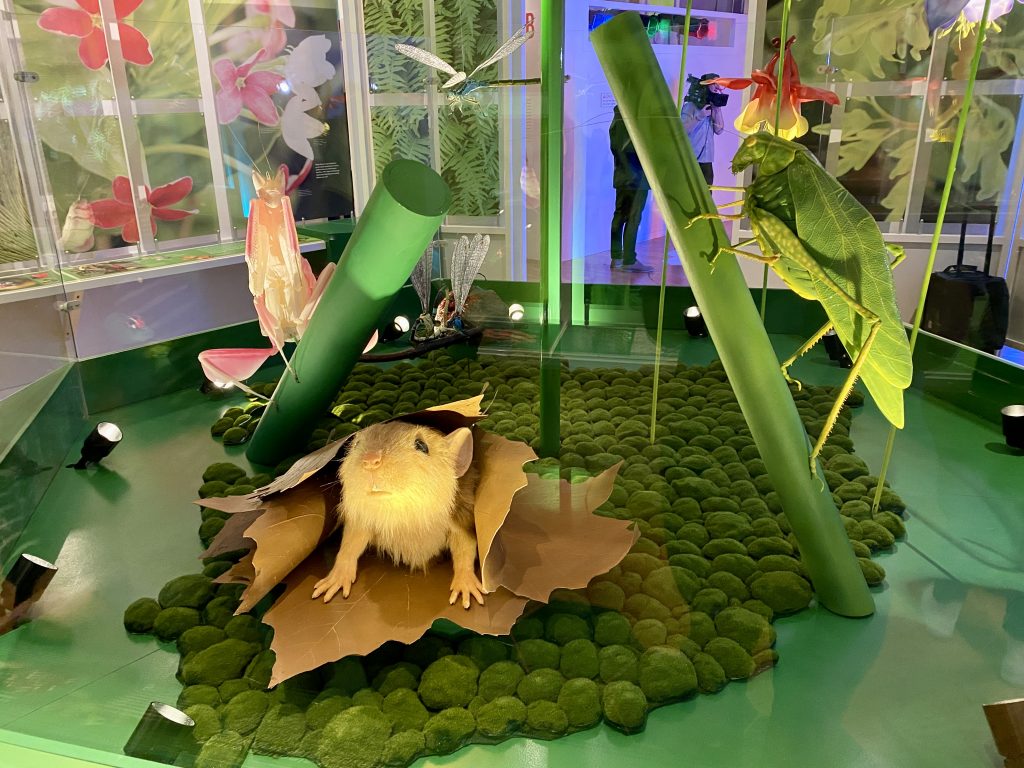
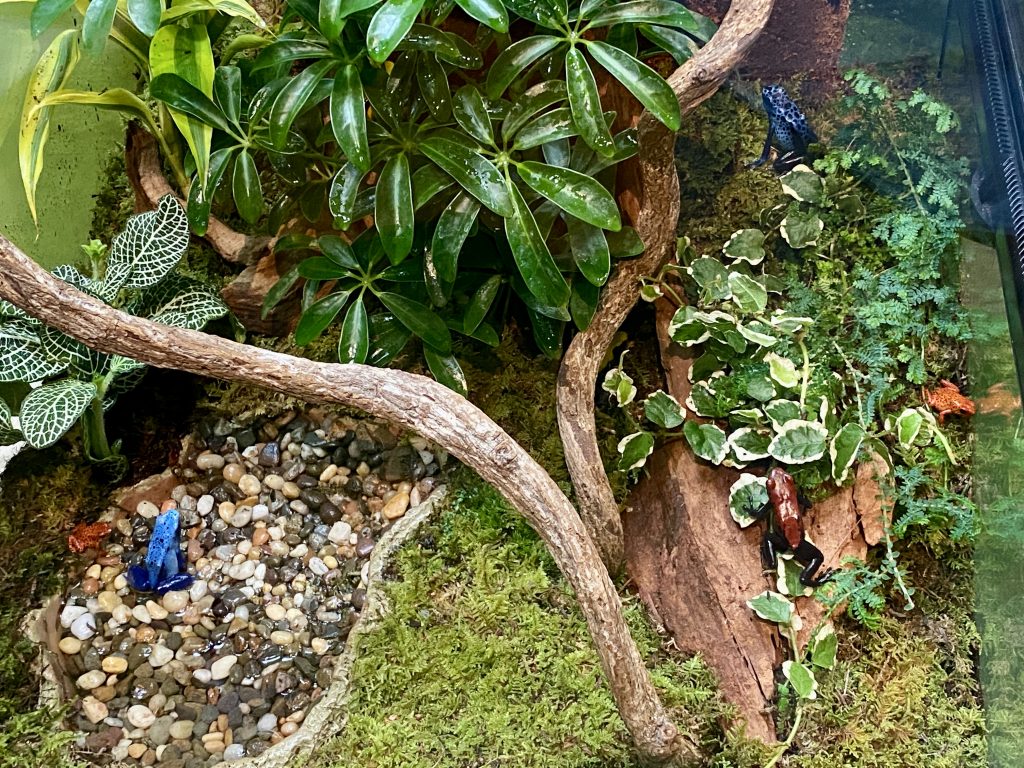
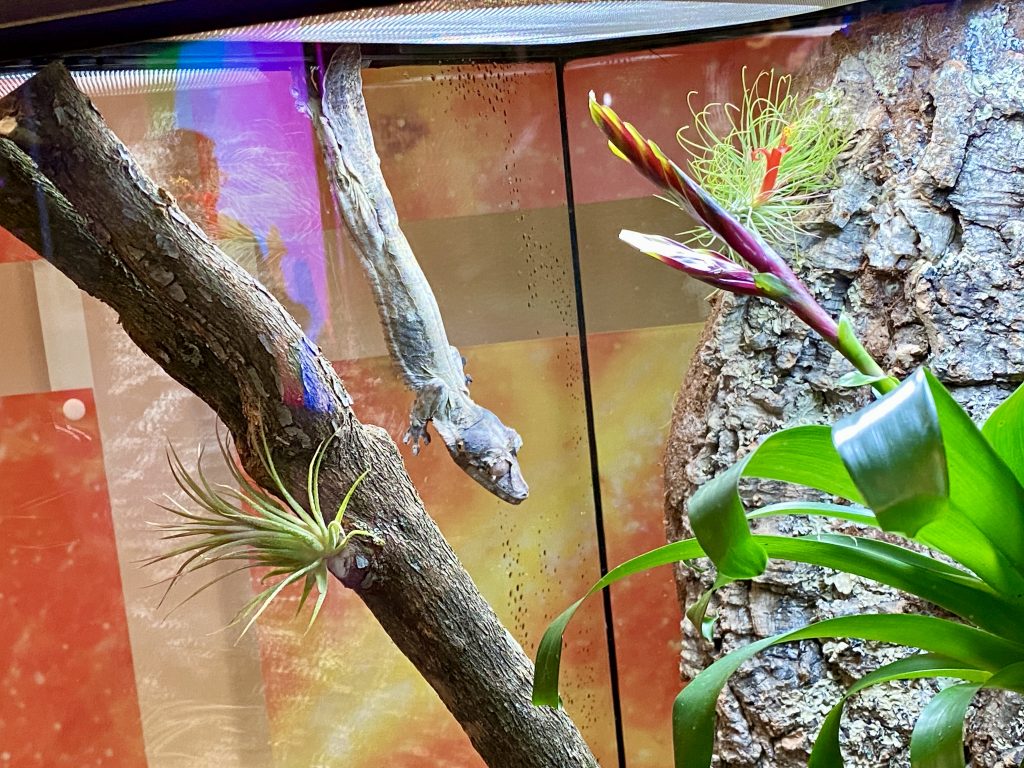
“Color seems to be one of the main things evolution has worked on,” said DeSalle, noting other animal uses of color include warning other animals and attracting a mate.
“Color is one of these under-appreciated things. We take it for granted,” DeSalle said. He said he hoped visitors would learn about the many uses and history of color for humans, “and they have a lot of fun. I think this is a fun show.”
“The Nature of Color” will be at the Museum of Natural History until Aug. 8, 2021.



